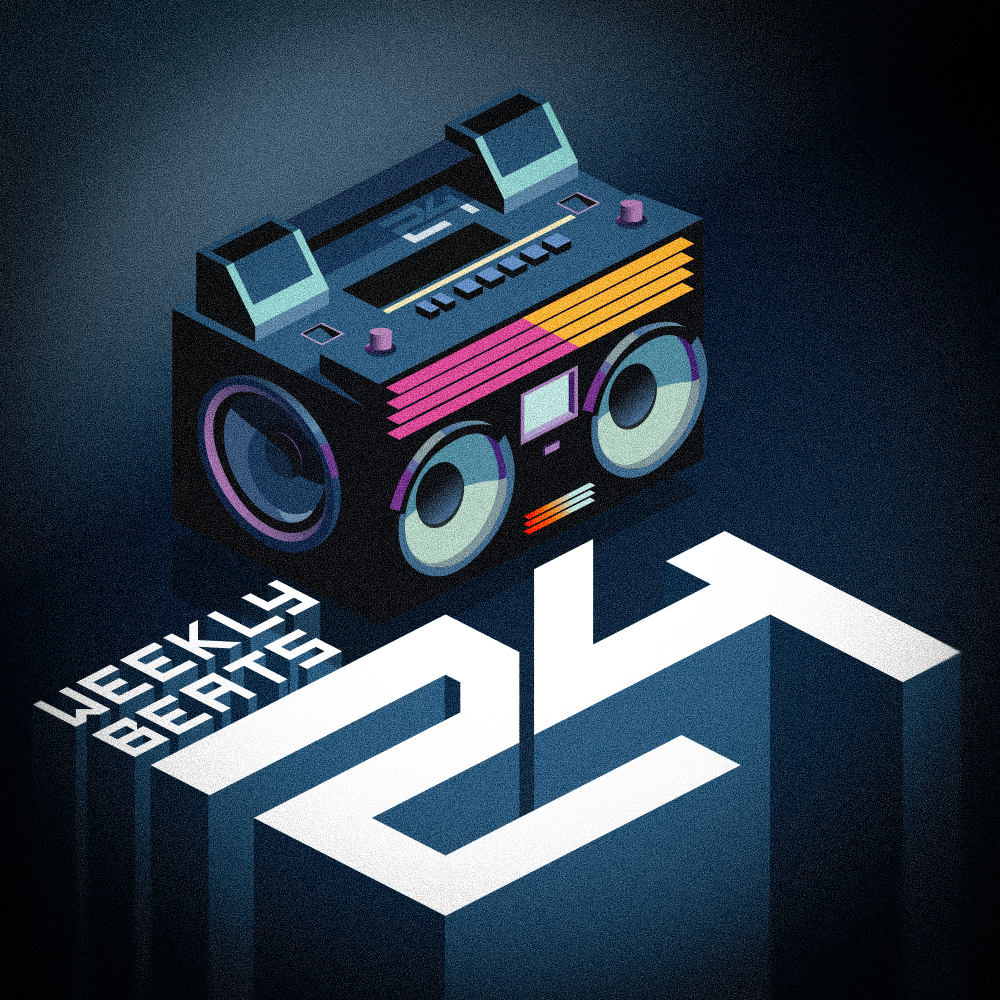Prime II
By fc on January 30, 2016 4:09 am
Second SuperCollider study, this time I tried to do some panning (with mixed results - must work on that), and some more sophisticated structuring. I'm sure I did not do it particularly efficiently, but that will come with practice. Again based on the prime number series, this time to 31. But also much more randomisation. Because of this randomisation the piece is longer than I anticipated, and I cut it down a little.
Post production reverb and audio cleanup done with Audacity.
What I set out to do and what I did are different, but that is often the way.
SuperCollider source file, if you run this you will get a slightly different piece to what I got. It might be shorter or longer, with different gestures and stuff.
 Screen Shot 2016-01-30 at 3.10.44 pm by Vincent Giles, on Flickr
Screen Shot 2016-01-30 at 3.10.44 pm by Vincent Giles, on Flickr
Audio works licensed by author under:
CC Attribution Noncommercial No Derivative Works (BY-NC-ND)


